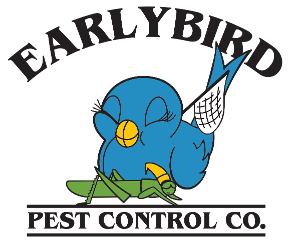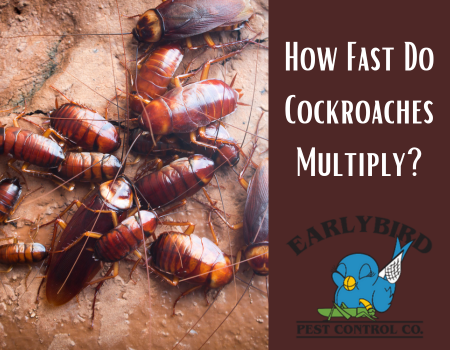Cockroaches are infamous for their ability to multiply quickly, which makes them one of the hardest pests to control once they infest a space. Known for their resilience, they reproduce at alarming rates under the right conditions. Understanding the speed and scale of cockroach reproduction can help you act quickly to prevent a minor sighting from becoming a major infestation.
The Cockroach Lifecycle
Cockroaches have a straightforward lifecycle that involves three stages: egg, nymph, and adult. Their reproduction starts when an adult female lays eggs in a casing called an ootheca, a protective sac that can contain between 10 to 50 eggs, depending on the cockroach species. Once hatched, these eggs produce young cockroaches, called nymphs, that look like miniature versions of adults. They molt multiple times before reaching maturity, at which point they’re ready to reproduce.
The time it takes to reach full maturity varies among cockroach species and environmental conditions, but generally ranges from a few weeks to a few months. Here’s a closer look at the reproduction patterns of some common cockroach species:
- German Cockroach: This is one of the fastest-reproducing cockroach species, laying up to 40 eggs per ootheca, with a female producing up to eight oothecae in her lifetime. In favorable conditions, a German cockroach can reach maturity in just two months, making its population grow exponentially.
- American Cockroach: Known for its large size, the American cockroach produces around 15 eggs per ootheca and takes about six months to mature. Though they reproduce more slowly than German cockroaches, their long lifespan (up to two years) allows them to lay many oothecae over time.
- Oriental Cockroach: Oriental cockroaches reproduce more slowly, with each ootheca holding 16 to 18 eggs. Maturation can take up to a year, meaning they are less prolific but still contribute to significant infestations due to their hardiness and long lifespan.
Factors That Influence Cockroach Reproduction
Several factors influence the speed at which cockroaches reproduce, and these are mostly related to environmental conditions. Cockroaches thrive in warm, humid environments with access to food and water, which are often provided indoors. Some key factors include:
- Temperature: Warmer temperatures speed up cockroach development. Cockroaches tend to reproduce most quickly at temperatures between 70°F and 90°F. In cooler conditions, the maturation process slows down, and cockroaches may take longer to reach adulthood and start reproducing.
- Food and Water: Cockroaches can survive on very little food, but plentiful access to crumbs, grease, and other food sources promotes faster population growth. Water is even more critical; they can survive longer without food than without water, which is why they’re often found near sinks, bathrooms, and damp areas.
- Shelter: Cockroaches prefer dark, enclosed spaces where they can hide and reproduce without disturbance. Cluttered homes or areas with many hiding places give cockroaches ideal breeding grounds, allowing them to multiply faster.
Exponential Growth: How Fast Can They Multiply?
Populations can grow exponentially in a matter of months. For example, under ideal conditions, a single female German cockroach and her offspring could potentially multiply to over 30,000 cockroaches within a year. While real-world conditions often limit this number, even a few cockroaches can turn into hundreds or thousands in a short time if left unchecked.
Once nymphs reach adulthood, they too begin to reproduce, which creates a compounding effect. This rapid multiplication is why a minor sighting can quickly escalate into a significant infestation.
Controlling Cockroach Reproduction
Because cockroaches multiply so quickly, early intervention is essential for control. Here are some effective ways to slow or stop cockroach reproduction:
- Eliminate Food Sources: Store food in airtight containers, clean up crumbs, and remove pet food overnight to reduce cockroach access to food.
- Reduce Water Access: Fix leaky faucets, pipes, and other moisture sources. Cockroaches are highly dependent on water, so reducing moisture can slow their reproduction.
- Seal Entry Points: Cockroaches can squeeze through tiny cracks, so sealing gaps in windows, doors, and walls is crucial. Focus on areas around pipes and utility lines as well.
- Use Baits and Traps: Cockroach baits and traps can help reduce populations by poisoning cockroaches that carry the bait back to their nest. Professional pest control is also effective for significant infestations.
These pests reproduce at a remarkable rate, which is why they’re considered one of the most challenging pests to manage. Understanding the speed at which they multiply and the conditions that promote their growth can help you stay proactive in preventing an infestation. Regular cleaning, reducing water access, and sealing entry points are effective ways to keep cockroaches at bay and ensure a small problem doesn’t turn into a full-blown infestation.


Recent Comments